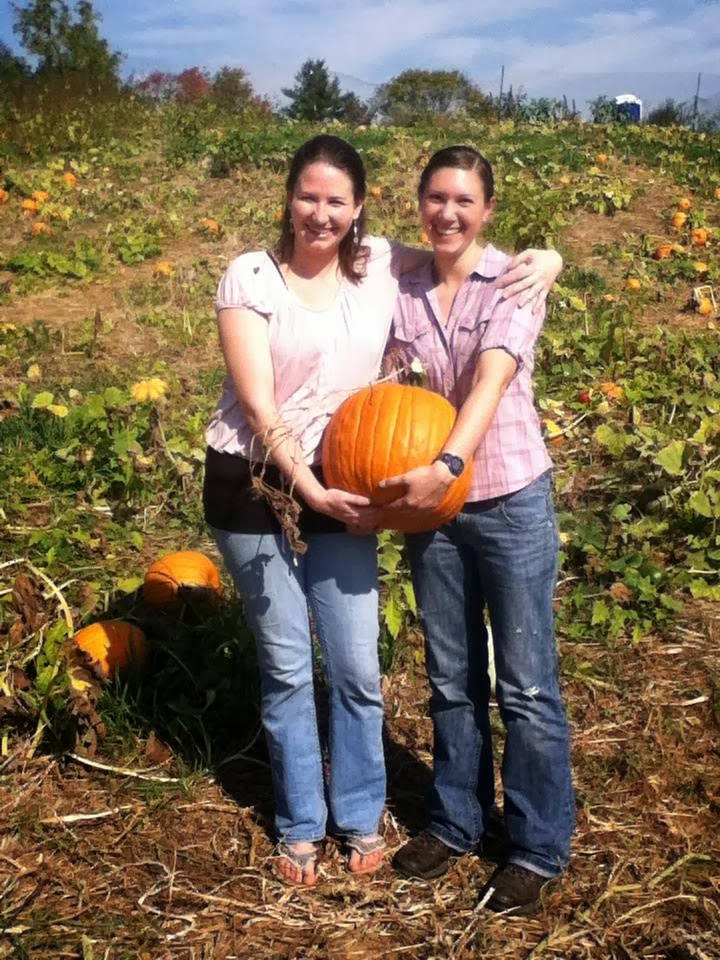Turns out that car shopping and plant shopping are somewhat similar. I need a car that I can afford without a big loan, is reliable, gets good enough gas mileage so it won't break the bank when I have to fill it up every week, has excellent safety ratings, low maintenance costs, does well in snow... In addition, I want a car that handles very well--turns tightly, accelerates and slows down well, and has a a sunroof and manual transmission. I still don't know what I'll end up with--essentially it's all going to depend upon availability and price.
Choosing the plants for my kitchen garden is similar--it usually comes down to availability and the cost of plants and seeds. The varieties you start from seed may or may not survive long enough to make it into the garden, so it often comes down to what the nursery has available. Because I have very little space to work with and watering is such a chore, I have to take those factors into account in addition to the climate region the plants will be living in since I keep them outdoors. Disease resistant and heirloom varieties are usually best. Heirlooms have been around for a long time because they taste good. And diseases and pests can destroy the harvest. I usually choose dwarf varieties because my biggest problem is space.
One dwarf tomato variety I've enjoyed growing and plan to grow again this year (I did not take and do not own this photo) is called Tiny Tim. It's a very compact cherry tomato. Last year I had another dwarf patio tomato that produced tasty golden yellow fruit.
Herbs usually don't take up a lot of space. Planting several commonly used varieties in a window planter that can be pulled inside during the winter is a great way to A) have a constant supply of fresh herbs, and B) decorate. Here's a photo of my planter from last summer:
 |
| From L to R: Thyme, Rosemary, Parsley & Oregano |
In two separate pots I had chives (a perennial) and several different varieties of basil. Plan is to start by rehabilitating the herb garden next week since it's still too cold out--in between work & car shopping. We'll see how well that goes...













